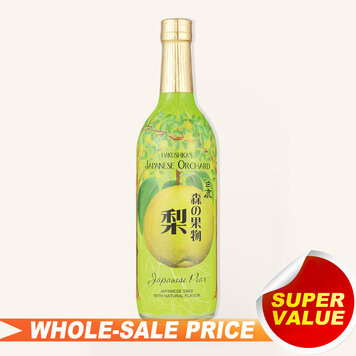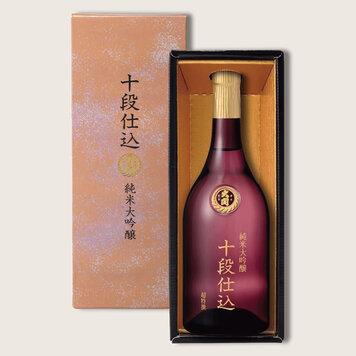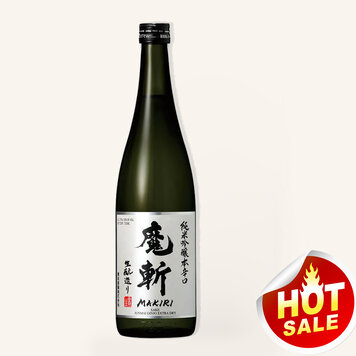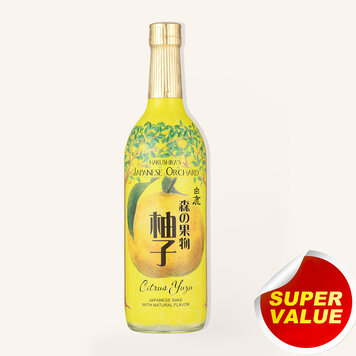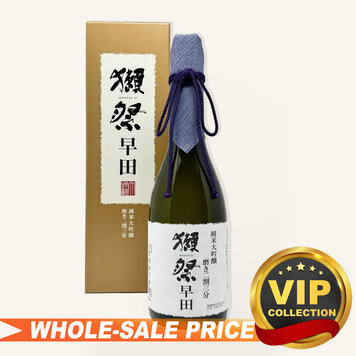| Brand | Kubota |
| Region | Japan |
| Spirits Type | Sake |
| Spirits Style | |
| ABV | 15.5% |
Product details
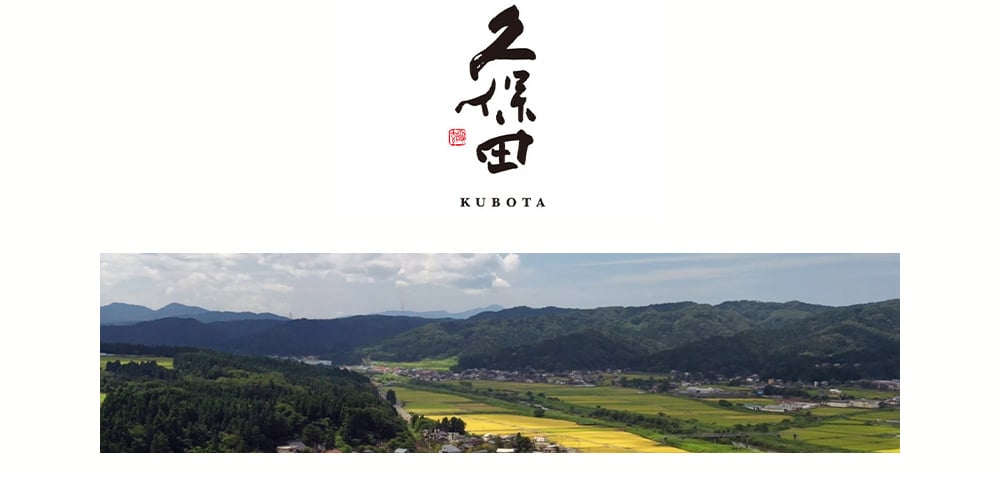
Kubota Senjyu Ginjo is a distinguished sake that embodies the refined elegance and meticulous craftsmanship of the Japanese brewing tradition. Produced by the esteemed Asahi Shuzo brewery in Niigata Prefecture, this ginjo sake is a shining example of the region's renowned sake-making heritage. Niigata, celebrated for its pristine water and premium rice, provides the perfect backdrop for crafting sake of unparalleled quality, and Kubota Senjyu Ginjo is no exception.
The brewing process for Kubota Senjyu Ginjo is a labor of love and precision. The rice is polished down to 50% of its original size, a hallmark of high-quality ginjo sake, which ensures the elimination of impurities and highlights the pure, delicate flavors of the rice.
Rice: Niigata Gohyakumangoku | Polishing Ratio: 50% for Koji and 55% for Mash
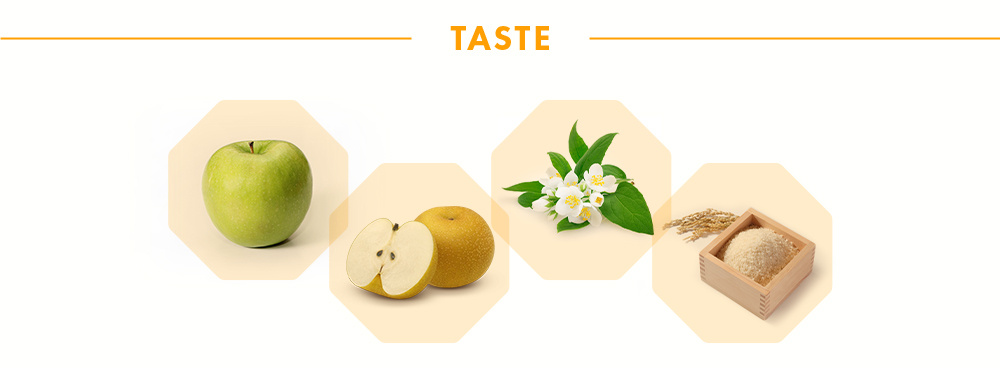
Upon opening the bottle, one is immediately greeted by an inviting aroma that features notes of green apple, pear, and a hint of white flowers. Savor the natural umami of rice, with echoes of tartness and hints of sweetness. It has a pleasantly clean and crisp finish, evoking mint in this layered tanrei-karakuchi (crisp and dry) experience.

Kubota Senjyu Ginjo's delicate yet distinct flavor profile makes it an excellent match for traditional Japanese dishes such as grilled eel, sashimi, and beef tendon stew. It also pairs wonderfully with lighter Western dishes, such as grilled chicken, seafood, and fresh salads, offering a delightful contrast that elevates the dining experience.
Ideal serving temperature: 10-15°C or 40°C (50-59°F or 104°F)
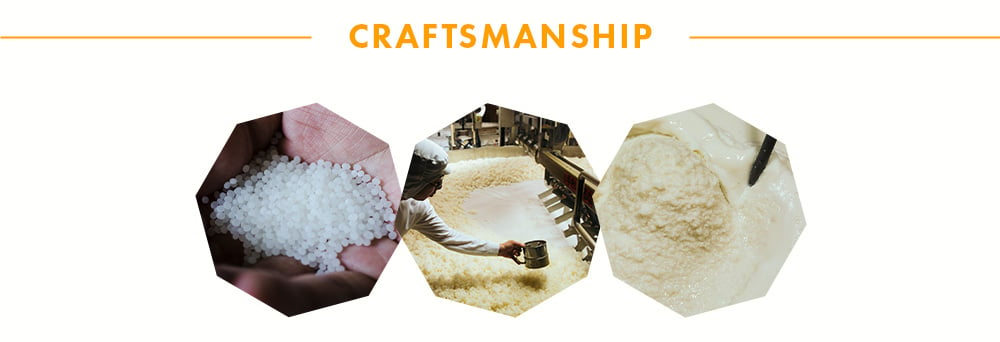
Kubota sake, a mirror of the times, uses ancient wisdom and cutting-edge research to refine its products, ensuring they exceed expectations and reflect the times, with its signature tanreikarakuchi (a crisp, clean, and dry) finish reflecting changing culinary culture. Rice and water are the lifeblood of Kubota's sake. Niigata Prefecture is often nicknamed “The Land of Rice” due to its ideal climate. One of their master brewers once said, “The quality of sake cannot exceed the quality of its ingredients,” a philosophy they still hold today.
The process of making sake involves the transformation of unpolished brown rice into white rice. Then polished rice is washed, soaked, and steamed for 45 minutes before being kneaded and unraveled. The koji-rice blend is then mixed with water, koji, yeast, and rice to create the moromi (sake mash). The moromi is then fermented for about a month, then pressed and separated into sake and sake kasu, a sake lees “cake.”. The sake is then filtered to remove any undesirable flavors and pasteurized. The processed sake is stored in giant tanks and then evaluated and blended to match brand flavor profiles. The blended sake is then filtered again to remove any potential effects on flavor or taste. The sake is diluted to obtain the correct alcohol percentage.




